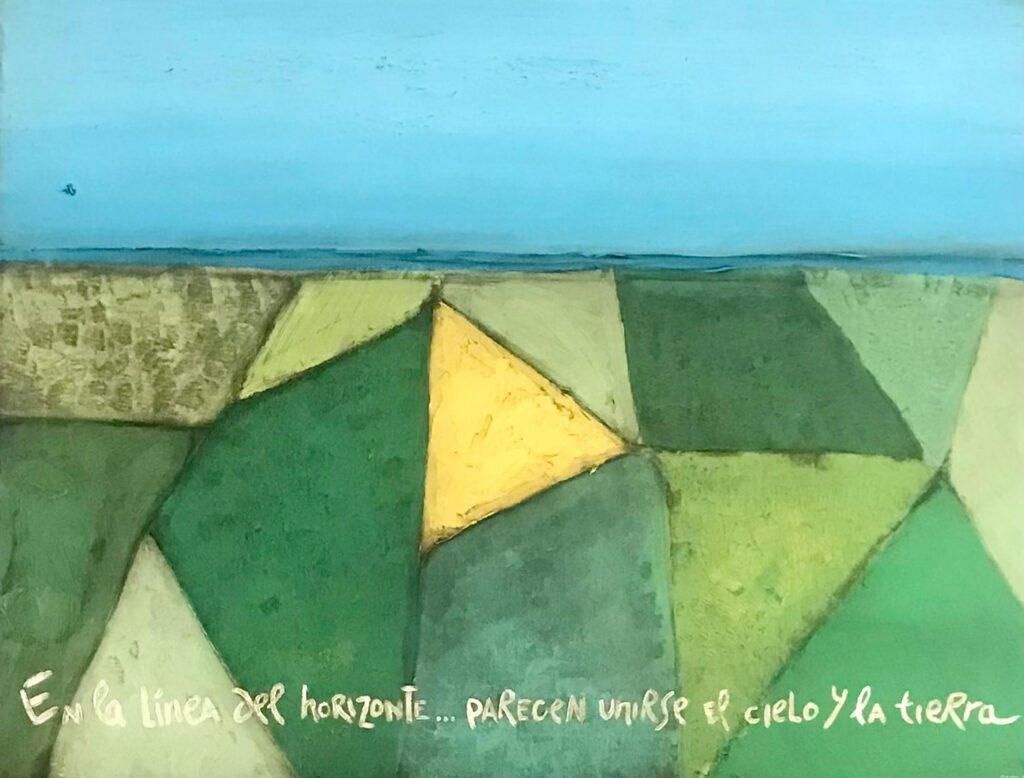Gracián’s art of prudence in Europe
Gracián's aphorisms are useful and give you the courage to move through the twists and turns of life without unnecessarily messing up your hair

Marc Fumaroli (1932-2020) is one of the authors whose works I enjoy reading. He dedicated one of his books to tracing the dissemination of The Art of Prudence by Baltasar Gracián (1601-1658), about which I commented on this blog not long ago. The book in question is The Extraordinary Diffusion of the Art of Prudence in Europe. The “Manual Oracle” by Baltasar Gracián between the 17th and 20th centuries (Acantilado, 2019). In each chapter, Fumaroli reports on the translations, the impact on the Republic of Letters of the time, the illustrious readers it had, as well as the praise and disapproval that the Spanish Jesuit’s book aroused in the leading countries of Europe since its publication appearance to this day.
Fumaroli reveals the behind-the-scenes behind the publication of the book and its dissemination in 17th century France, thanks to the translation that Amelot makes with an ardent dedication to Louis XIV the Great, in times of great enmity with Spain. Amelot’s translation highlights the pragmatism of Gracián’s aphorisms, which do not lack a certain Machiavellian air, highlighted by the continuous references to texts by the Roman Tacitus, considered the Machiavelli of that time. The title with which he appears in France is The Courtly Man, thinking that his readers would be the officials of the Sun King’s court, who would find in his aphorisms useful reflections in his office of government.
Amelot’s version of the Manual Oracle offers a double interpretation regarding the morality of the Jesuit Gracián, both of which are of little law. Or Pascal’s vision that accuses the Jesuit casuists of moral laxity, who would accommodate Christian morality to modern relaxed customs. Or the position of the libertine, delighted to find in an ecclesiastical moralist some maxims that justify his conduct devoted to pleasure, ambition and interest. “In both cases, Fumaroli points out, the caricature Jesuitism insinuated by Amelot comes to reinforce the anti-Jesuit currents so powerful in France since the origins of the Society” (p. 88).
Gracián did not lack illustrious commentators. For example, Schopenhauer (1788-1860) learned Spanish to read Gracián in Spanish and undertook the translation of the Manual Oracle, whose publication would be made posthumously in 1863. Niezsche (1844-1900) does not hide his enthusiasm for this book, stating that “Europe has never produced anything better or more profound in matters of moral subtlety”, then he expressed his reservations about the sublime arabesques of the Spanish Jesuit and declared preferable the vigor of style of his own Zaratrusta (p. 161). In any case, the Baroque Spanish Gracián did not always emerge unscathed by his readers or commentators. This is the case of Borges who, “following Nietzsche (who had ended up distancing himself from the enthusiasm of Schopenhauer), but above all Benedetto Croce and José Bergamín, resolutely aligns himself on the side of the detractors of Gracián’s rhetoric and his “art of the acuity”, when he writes: Labyrinths, puns, emblems, /icy and laborious nothingness, /was for this Jesuit poetry, /reduced by him to stratagems” (p. 167).
Gracián’s Art of Prudence did not leave his readers and his time indifferent. This resonance is only typical of great books. I think it continues to be a book for our days, since it has managed to remain, over time, separating itself from the cultural and political situations in which he was born and raised. Its strength is in its very structure composed of a “pedagogy based on small epigrammatic touches that correct each other (…), escape the univocality and generality of logical demonstration, powerless (…) to take into account the extreme diversity of the conjunctures and situations to which experience is exposed (…) that are not reduced to analytical reason, but rather pass through memory, understanding and will, masters of the imagination and the senses, and inspired by the heart” (p. 177).
For those who walk through life on foot, Gracián’s aphorisms are useful and, even when they do not have to be followed on foot, they give you the means to move through the twists and turns of life without unnecessarily ruffling your hair.
 (EN)
(EN)
 (ES)
(ES)
 (IT)
(IT)





